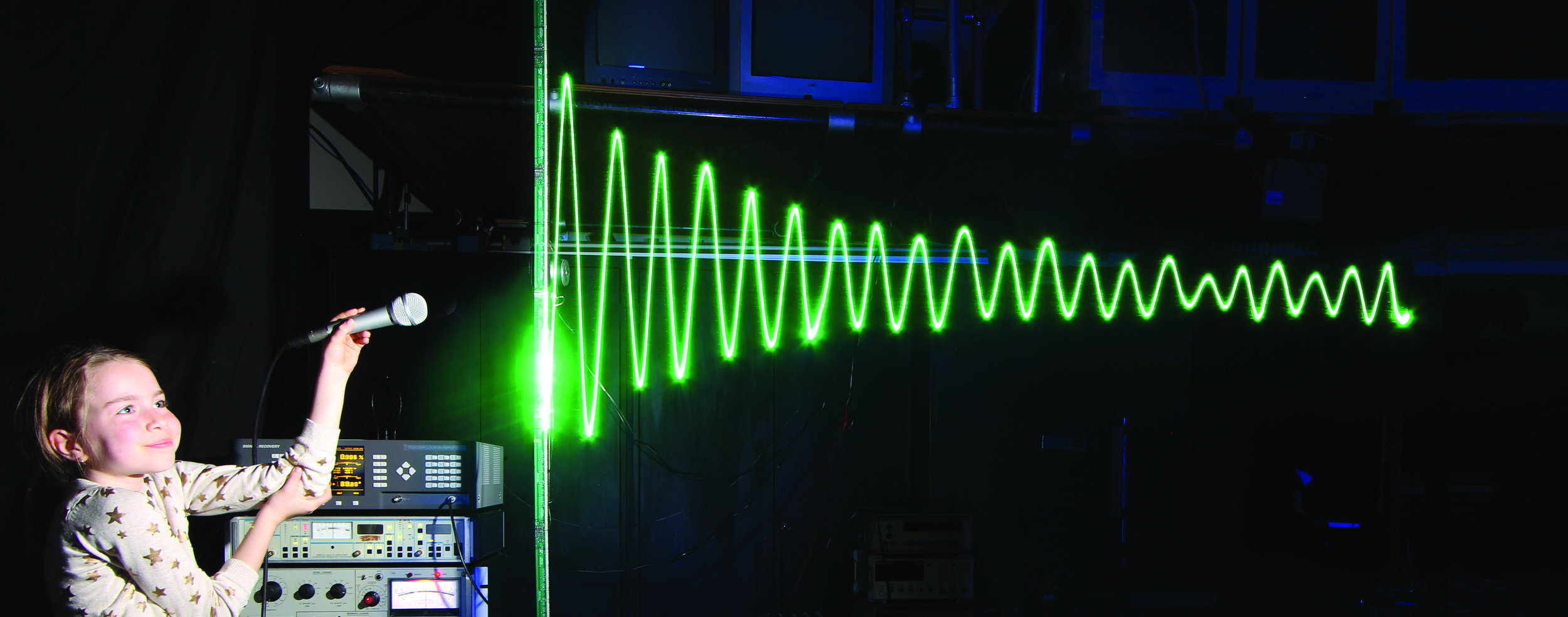MannSTEM
Albert Einstein wrote that “the point is to develop the childlike inclination for play and the childlike desire for recognition and to guide the child over to important fields for society." [1]
Current methods of engineering education place too much emphasis on structure, creating rigidity that destroys the capacity for creativity and radical innovation and invention.
STEM is an acronym for Science, Technology, Engineering, and Mathematics, and an agenda of public education that integrates these disciplines beginning in kindergarten or before. MannSTEM is a learning methodology consisting of three parts: learning by thinking, learning by doing, and “learning by being” (existential education).
The goal of this learning methodology is to create lateral thinkers who begin to integrate ideas and methodologies normally associated with play, the arts, and the sciences, into the the creative thinking process of engineering and design at a very young age. [2]
People used to think children could not play violin, but Shiniki Suzuki came up with a way to teach children violin, and now children 2 years old are playing violin and often performing live concerts at age 4 [3].
Like the Suzuki Method, MannSTEM aims break down fundamental misconceptions about children's potential to learn and to do, and to instill a sense of passion, fun and creativity in the next generation of scientists, technologists, engineers and mathematicians.







